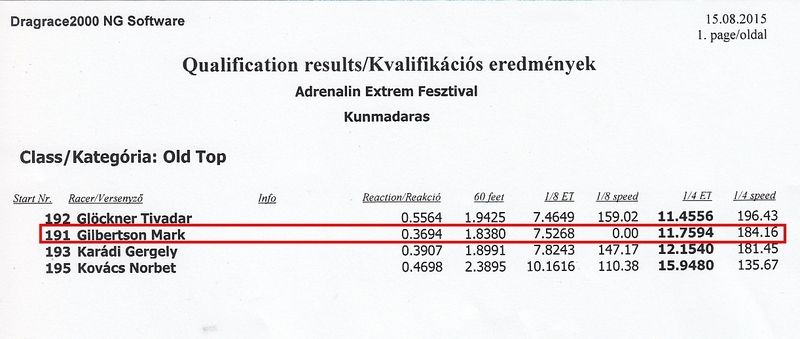Lotsokids
Well-Known Member
I saw a video today of a 2016 Camaro that cranked out a 10.6 in the 1/4 mile. That's pretty good, but it appeared to me that the driver was sleeping at the light with .912 reaction time. I made a comment about that on another forum, and someone replied that the reaction time has no effect on ET. He said he could have launched an hour after the green light, and still got the same ET.
I'm very much a novice drag racer, but this seems very strange to me. I know there are very experienced guys here that could explain this better for me. When I'm drag racing my V-Max I try my best to get a good reaction time. For me, R/T and ET are the most important thing I look at.
This is my time slip from last August. My best ET ever was 11.69.

I'm very much a novice drag racer, but this seems very strange to me. I know there are very experienced guys here that could explain this better for me. When I'm drag racing my V-Max I try my best to get a good reaction time. For me, R/T and ET are the most important thing I look at.
This is my time slip from last August. My best ET ever was 11.69.




